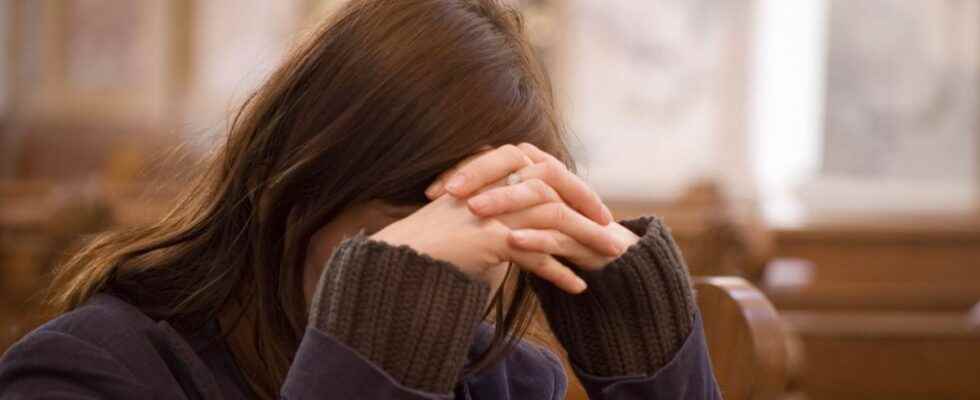Published on
Updated
Reading 2 mins.
In the small town of Tincques, located in Pas-de-Calais, the faithful were poisoned by carbon monoxide. In Choisy-le-Roi, twelve people were affected. What is this intoxication? What are the symptoms ? Doctissimo takes stock.
More than 200 faithful, gathered in a church in Tincques, in Pas-de-Calais, were poisoned by carbon monoxide. In Choisy-le-Roi, twelve people were poisoned in a building…
Emergency services alerted in the early evening
The faithful were gathered because of an exceptional mass in the church. Quickly, they are seized with various symptoms, such as headaches and feel bad. And for good reason: they are inhaling carbon monoxide. A defective heating placed in the heart of the church would be at the origin of this intoxication.
The emergency services were alerted around 9 p.m. and 42 firefighters went to the scene. Of the participants in this mass, 72 people had to be taken care of by the firefighters, some being put on oxygen or even placed in a hyperbaric chamber. The church was closed and ventilated, then made accessible again.
In Choisy-le Roi, the harmful fumes would have been caused by a brazier installed in a kitchen. Again, the victims were able to be transported to hospitals in the region and no vital prognosis is involved.
What is carbon monoxide?
Carbon monoxide is an invisible, odorless and non-irritating gas. It results from poor combustion within a device or a combustion engine, for example, running on gas, wood, coal, gasoline, fuel oil or even ethanol. It spreads rapidly in the environment and can be particularly dangerous in an enclosed space.
Carbon monoxide is an asphyxiant gas that binds to red blood cells and prevents them from carrying oxygen properly through the body. The severity of poisoning depends on the amount of CO bound by hemoglobin. The first and most common symptoms are:
- Headaches;
- Nausea ;
- Vomitings.
About 4,000 cases of carbon monoxide poisoning are detected each year in France, claiming about a hundred victims.
To limit the risk of carbon monoxide poisoning at home, you should:
- to have the heating and hot water production installations and the flues systematically checked and maintained by a qualified professional before each winter;
- to ventilate for at least ten minutes every day, to keep the ventilation systems in good working order and never to block the air inlets and outlets;
- to follow the instructions for the use of combustion appliances and never to operate the auxiliary heaters continuously;
- to imperatively place the generating sets outside the buildings
- never use appliances not intended for this purpose to heat up: cooker, brazier, barbecue, etc.
If ever when using a heating or cooking appliance you have a headache, want to vomit, or if you feel sick, it may be a sign that there is carbon monoxide carbon at home. In this case :
- Immediately open windows and doors,
- Turn off heating and cooking appliances,
- Go out.
Notify the emergency services by dialing 15, 18 (or 114 for the hearing impaired).
